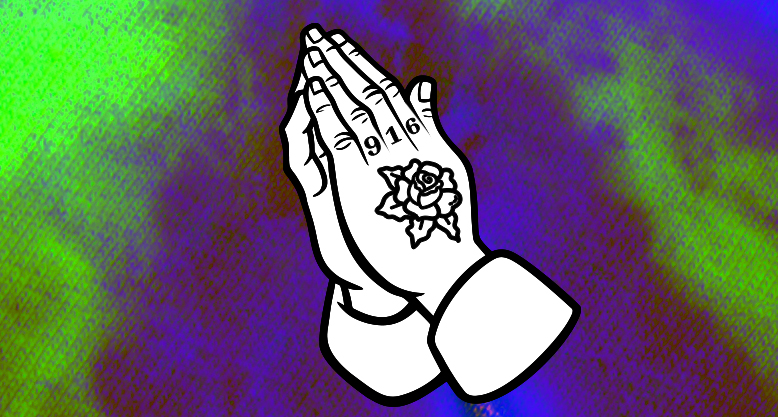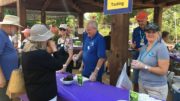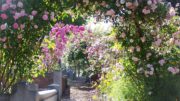Will downtown’s beloved hangouts come back?
As the coronavirus pandemic swept the country and shut down California’s capital city, small watering holes that withstood Prohibition, independently owned cafes for poets and activists and old-fashioned ice cream parlors were all forced to close.
Once Sacramento figures out its new normal post-pandemic, will these beloved spots be part of our future?
For three music venues, it’s still unclear.
The weekend before St. Patrick’s Day, Marina Texeira says she kept a close eye on news coverage of COVID-19. When Gov. Gavin Newsom called for “non-essential” businesses to temporarily close, she was relieved.
Texeira owns Torch Club, a 15th Street bar and music venue that opened in 1934 and her family purchased in the 1960s. Even as other bars slowly reopened in June as public health officials loosened the stay-at-home order, Texeira—whose business makes most of its money from live music—isn’t ready to turn the lights back on, at least not yet.
“I want to be on the right side,” she says. “We got a lot of calls when the bars opened, and we let people know that we’re not ready to open without music.”
Texeira has tentative plans to reopen Torch Club after the Fourth of July holiday.
“We want to do it in a very responsible way, but it’s just going to be very different,” she says. “We’re not a reservation-type business, but we’re maybe thinking about using Open Table to alleviate crowds.”
For some downtown businesses, the economic impact of the coronavirus compounded costly rent increases over the last five years.
“When the dust clears, some of us are going to be standing, some of us will be on crutches and some of us ain’t coming back.”
Mark Gonzales, bar and venue manager, Old Ironsides
For almost 40 years, Luna’s Cafe & Juice Bar has been a hangout for poets, activists, artists and musicians. But when owner Art Luna was forced to close his café’s doors, he thought it might be for good.
“My night business is the main part of my business, but if I’m not allowed to host entertainment then we’re done,” Luna says. “There’s just no way that we can survive.”
Luna says that his café’s capacity would have to shrink to 20 to 25 people to meet state social distancing guidelines to reopen, a difficult financial prospect in a part of the city with fancy condos and deep-pocketed restaurant chains such as Jimmy John’s.
“We’re a small cafe. I think I can work it out. But 20 to 25 people, that’s not enough,” Luna says. “A lot of the musicians are telling me they’re not ready to come back. They’re scared and they want to wait.”
But without quirky venues such as Luna’s—where stand-up comics test out new material and noise-rock shows are the norm—where will the weirdos congregate?
Mark Gonzales has been wondering that a lot.
“That’s kind of the charm of this city and the downtown area that I think would suck if we were to lose that because of this,” he says. “Definitely the landscape is going to change. When the dust clears, some of us are going to be standing, some of us will be on crutches and some of us ain’t coming back.”
Gonzales manages the bar and music at Old Ironsides, which opened in 1934, but he’s also a downtown aficionado who’s lived here for more than 50 years. He recalls hot summers standing in line in front of Osaka-Ya, waiting to cool down with a basketball-sized snow cone. He advises sampling the giant breakfast platters at Harry’s Café on 16th Street or turning down J Street to admire all the eccentric boutiques and knickknack shops.
“It’s funny to see how things have changed over the years. They’re definitely not the same as when I was a kid,” he says. “But there’s a lot of things that have been around for a long, long time—like Pancake Circus, Round Corner, the Zebra Club. All these places.”
Gonzales wants to see them all come back. We all do.






Be the first to comment on "A prayer for janky Sacramento"